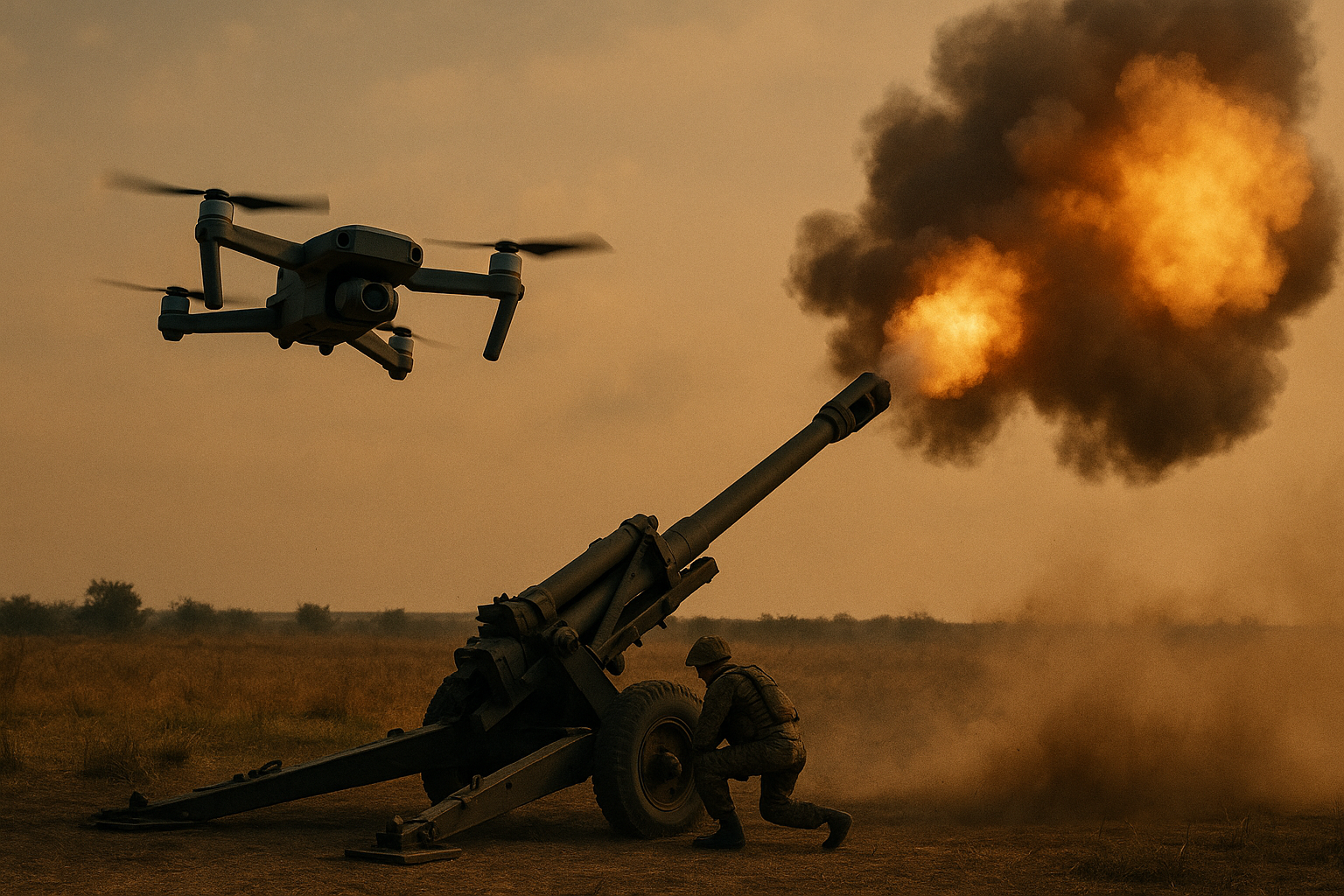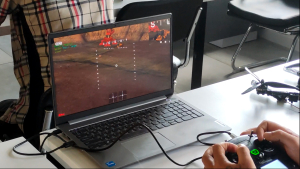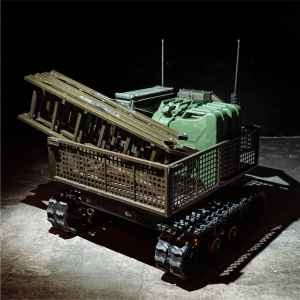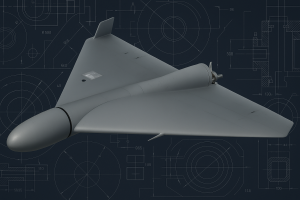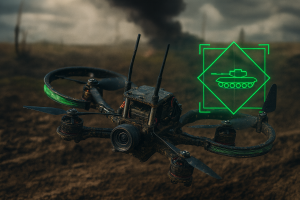The Transformation of Artillery: Changes Triggered by the War in Ukraine
The importance of artillery at the beginning of the war is evident in the numbers. Just like during World War II, artillery was the main weapon used by both sides — accounting for up to 70% of all battlefield losses in equipment and personnel.
In the early stages of the war, Ukraine relied on a wide range of available weaponry. One of the most vital tools on the front line was the self-propelled artillery system (SPG) — fast, mobile, and crucial for battlefield survival. These weapons could quickly relocate and withdraw right after firing. SPGs were used in hit-and-run fire missions during the counteroffensive in Izium and Balakliia in September 2022, in the battles for Kherson, to strike ammunition depots in Nova Kakhovka, in the defense of Bakhmut, and in many other directions.
Soviet-era artillery also played an important role in taking out enemy targets. Systems like the Pion, Gvozdika, and D-30 — though considered outdated — helped Ukraine hold the line during the first year of the war. But it wasn’t enough.
2022: The Beginning of Change and NATO Artillery
Russia’s overwhelming advantage in artillery and ammunition forced a shift in strategy. On many fronts, the ratio of shells fired was ten to one — and sometimes even twenty to one — in Russia’s favor.
The situation on the battlefield began to improve with the arrival of M777 howitzers, which Ukrainian forces nicknamed “Triple Axes.” The delivery of these howitzers strengthened Ukraine’s strike capabilities and helped stabilize the front lines.
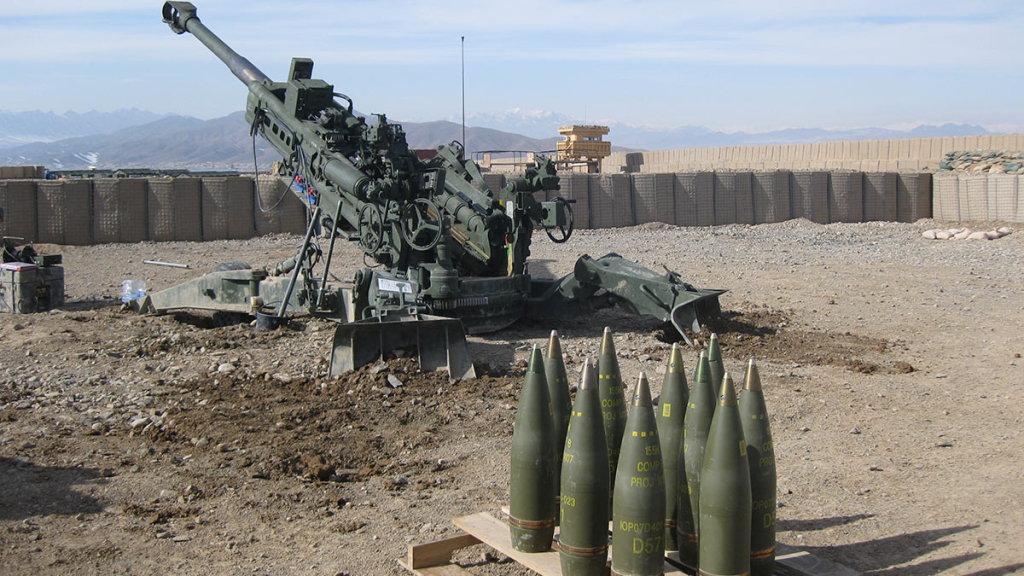
The M777s weren’t the only Western weapons to arrive. Another breakthrough came with the Excalibur — the M982 precision-guided shell with GPS targeting and accuracy within a few meters. This opened up new possibilities: precise strikes on enemy targets and more efficient use of ammunition, which had become as precious as gold.
Late 2022 – The Artillery Crisis and the Promise of a Million Shells
However, a shortage of ammunition was limiting the use of both Ukrainian and Western artillery systems. Partner countries promised to solve the problem: at the beginning of 2023, they pledged to produce and deliver 1 million shells to Ukraine. But promises don’t always mean timely delivery.
The problem required immediate solutions — and help came from the Ukrainian military itself: soldiers showed that yesterday’s wedding drones could be effectively used on the battlefield — not just as surveillance tools, but also as strike weapons, especially in the form of FPV kamikaze drones.
The emergence and widespread use of drones on the battlefield in 2023 marked the beginning of a significant shift in the role of artillery and its utilisation.
Reconnaissance and Target Detection
From partisans and aerial photography planes to modern drones — the emergence of “eyes in the sky” has made it possible to gather information about enemy positions and movements within minutes. With rapid access to data on enemy locations, artillery strikes have become not only more accurate, but also more strategic: attacks can now be planned in advance against high-priority targets and adjusted at any time — even moments before a strike.
And now, it’s not just about hitting static targets — drones are enabling strikes on dynamic, moving targets located at significant distances.
How interceptor drones defend the sky over Ukraine — read here.
Artillery systems, when using rocket-assisted projectiles, can reach targets up to 40 kilometers away or more. But because targets are often mobile, tracking them is far more effective with drones. Drones provide real-time visuals and relay that information down the chain to artillery units. This coordination increases the accuracy of strikes and improves the chances of detecting additional targets.
Drones, in fact, helped fill the gap left by the undelivered promise of 1 million shells. Now, strikes are more precise, with little need for mass shelling across a wide area around an enemy position. This is a critical shift, as blanket shelling is a luxury Ukraine can’t afford given limited domestic production and the high cost of ammunition.
The Cost of a Shot
According to Admiral Rob Bauer, Chair of NATO’s Military Committee, the cost of a single 155mm artillery shell had increased several times over by October 2024, reaching as much as €8,000 from certain manufacturers. This was reported by Defense Express and Reuters on October 24, 2024. Of course, such prices were considered inflated and even speculative.
Today, according to various sources, the cost of a 155mm artillery round ranges between $3,000 and $5,000.
The legendary GPS-guided Excalibur shells cost over $100,000 each, making them unsuitable for widespread use.
That’s why drones — which can strike targets at similar ranges as artillery — have become a much cheaper and more accessible alternative on the battlefield for targeting enemy equipment and infantry.
So how much does a drone cost? For example, a widely used FPV drone in the Ukrainian army (9-inch, with a daytime camera), produced by “General Chereshnia,” is priced at 20,900 UAH — roughly $500.
An upgraded 10-inch FPV attack drone from the same manufacturer, equipped with a thermal camera, costs 40,600 UAH, or around $1,000.
All drones produced by the manufacturer can be equipped with the VGI-9 guidance system, which allows them to strike both moving and stationary targets automatically. This integration of FPV drones with autonomous targeting systems marks another step toward the automation of the battlefield.
In practice, once the operator detects a target — whether stationary or moving, such as a self-propelled artillery unit on the move — they lock onto it, and the drone automatically strikes. The final guidance is carried out without the drone operator’s involvement and does not require a connection to a control station, making it effective even against all types of electronic warfare (EW) systems.
In today’s drone warfare, artillery has become a prime target for both sides. Many Ukrainian brigades have formed mobile FPV drone teams specifically tasked with locating and striking enemy artillery quickly.
The drone war has also created what’s known as a “kill zone” — the area between opposing forces’ positions, fully monitored and controlled by drones in the air. In such a zone, artillery becomes highly vulnerable, especially when drones saturate the entire front. For any static or slow-moving artillery system, operating in this space is practically a death sentence.
Ukraine-Russian War: Debunking the Myths About FPV Drones on the Battlefield — read our article to learn more about how drones changed the modern battlefield.
In such conditions, only weapons that can move fast and complete missions quickly are likely to survive. The formula for survival is:
- get to the firing position;
- complete the mission;
- pack up and relocate — all before being spotted by an enemy drone overhead.
Fast, mobile, and precise — artillery hasn’t become any less lethal, but its role and capabilities have been fundamentally reshaped by the rise of drones.
What’s Next?
While drones have transformed the role of artillery, its importance remains significant. Ukraine continues to develop its own artillery systems, including ramping up production of the Bohdana self-propelled howitzer, which can strike targets at distances of up to 40 kilometres. A key element of international military aid also includes the supply of Archer (Sweden) and Caesar (France) self-propelled artillery systems.
The firepower of artillery, combined with reconnaissance data gathered by drones, creates a synergy that is expected to be a crucial factor in Ukraine’s success in repelling Russia’s summer offensive.
Wishing our artillery crews successful missions in their vital work!
Contact us to get detailed information about the VGI-9 drone guidance system.
Follow our updates on social media and YouTube – there you will find:
✅ Exclusive materials on the development, testing, and combat use.
✅ Useful analytical content on the war and the role of FPV drones in modern combat operations.
✅ The latest news and insights from the world of military technologies.
📌 Join us:
🔗 YouTube: VGI-9 on YouTube
📸 Instagram: We are on Instagram
🎯 TikTok: We are on TikTok



